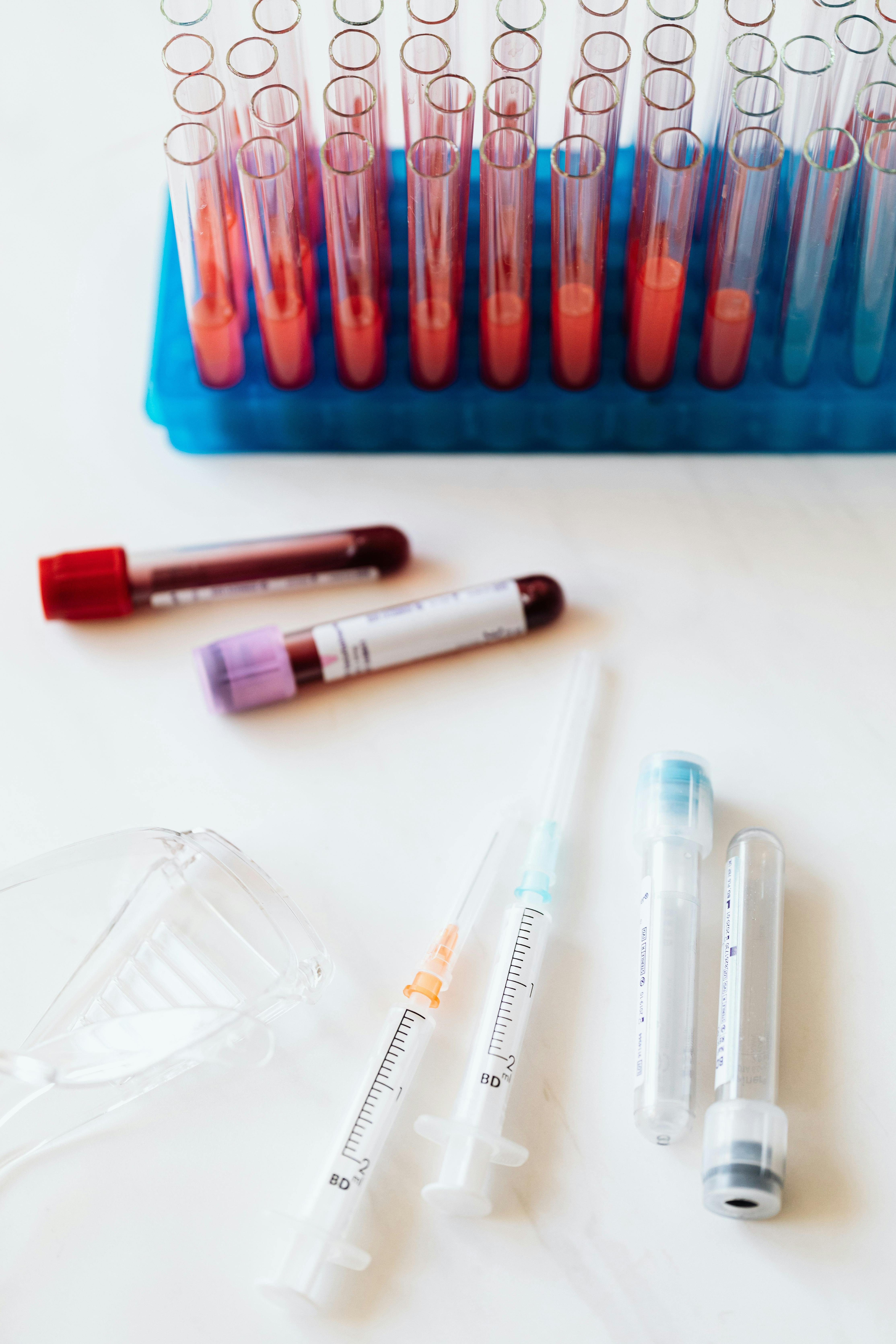 |
| Appendicitis Symptoms |
Introduction:
Appendicitis is a condition, where inflammation of the appendix occurs. Have you ever experienced a sudden, sharp pain in your abdomen that seemed to come out of nowhere? It could be a sign of Appendicitis, a condition affecting countless individuals worldwide. In this blog, we'll delve into appendicitis, demystifying its causes, symptoms, diagnosis, and treatment options. By gaining a better understanding of this condition, you'll be equipped to recognize the signs, seek timely medical attention, and take control of your health.glaucoma
Table of contents
- Introduction
- Understanding Appendicitis
- Signs and symptoms of Appendicitis
- Diagnosis and treatment of Appendicitis
- Recovery and aftercare
- Conclusion
Understanding Appendicitis:
The appendix, a small, finger-shaped pouch located in the lower right side of the abdomen, has puzzled scientists for years. While its exact purpose remains unknown, when it becomes inflamed, it can cause significant trouble. Appendicitis occurs when the appendix becomes blocked, often due to the buildup of fecal matter, foreign objects, or infections. This blockage leads to bacterial overgrowth and subsequent inflammation, setting the stage for appendicitis.anthrax
 |
| Anatomy of Intestines |
Signs and Symptoms of Appendicitis
Appendicitis often presents a distinct set of symptoms, although they can vary from person to person. Here are some key signs to watch out for:abdominal-aortic-aneurysm.html
1. Abdominal Pain: The most common symptom of appendicitis is severe abdominal pain. It usually starts around the navel and gradually shifts to the lower right side of the abdomen. The pain can intensify over several hours and become localized in the right lower quadrant.appendicitis/symptoms-causes/syc-20369543
2. Loss of Appetite: Appendicitis often causes a sudden decrease in appetite. You might also experience a feeling of nausea or vomiting.
3. Fever and Chills: Inflamed appendices trigger an immune response in the body, leading to fever, chills, and elevated white blood cell counts, indicating inflammation.
4. Changes in Bowel Movements: Appendicitis can cause changes in bowel movements, such as diarrhea or constipation. You may also find it difficult to pass gas.appendicitis
Diagnosis and Treatment of appendicitis
Diagnosing appendicitis typically involves a combination of medical history, physical examination, and diagnostic tests. Here's an overview of the typical diagnostic procedures:
1. Medical History and Physical Examination: Your healthcare provider will inquire about your symptoms, their duration, and any associated factors. They will also conduct a physical examination, focusing on the abdomen to assess tenderness and pain.
2. Blood Tests: Blood tests, including a complete blood count (CBC), can help identify signs of infection or inflammation in the body.Appendicitis
3. Imaging Tests: To visualize the appendix and identify signs of inflammation or blockage, imaging techniques like ultrasound or computed tomography (CT) scans may be utilized.
4. Surgical Intervention: In most cases, appendicitis requires surgical removal of the inflamed appendix, a procedure known as an appendectomy. This can be performed through traditional open surgery or minimally invasive laparoscopic surgery.
Recovery and Aftercare:
After an appendectomy, it's important to give your body time to heal and recover. Here are some general guidelines for your recovery and aftercare:
1. Hospital Stay: Depending on the severity of appendicitis and the surgical approach, you may need to stay in the hospital for a day or two. This allows healthcare professionals to monitor your recovery and ensure there are no complications.
2. Pain Management: Your healthcare provider will prescribe pain medications to manage post-surgical pain. Follow their instructions regarding dosage and frequency.
3. Rest and Activity: Adequate rest is crucial during the recovery period. Gradually increase your activity level as advised by your healthcare provider to prevent strain on the incision site.
4. Wound Care: Proper wound care is essential to prevent infection. Keep the incision area clean and dry, following any specific instructions provided by your healthcare provider.
5. Follow-up Appointments: Attend all scheduled follow-up appointments to monitor your recovery and address any concerns or complications.
Appendicitis is a condition that demands prompt medical attention due to the risks associated with delayed treatment. By understanding its causes, recognizing the symptoms, and seeking timely medical care, you can minimize the potential complications and ensure a smoother recovery. Remember, never ignore persistent abdominal pain, especially if it worsens and is accompanied by other symptoms. Seek immediate medical attention to receive an accurate diagnosis and appropriate treatment.
Due to appendicitis rupture of abscess, could lead to peritonitis which can be fatal.
As always, consult with a healthcare professional for personalized advice and guidance. Together, let's shed light on appendicitis and empower individuals to take proactive steps in managing their health.



No comments:
Post a Comment